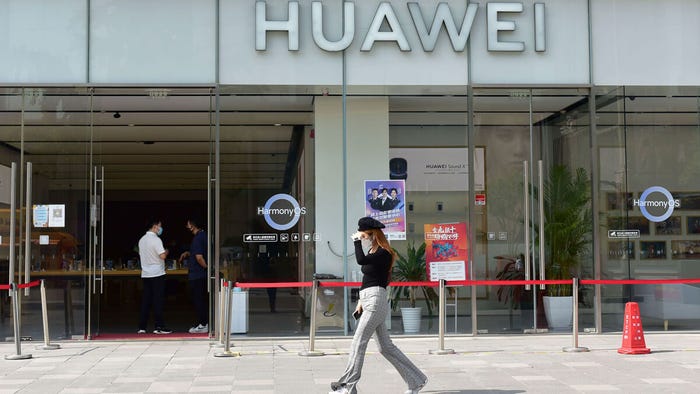EE drills down on 4G benefits for rural regions
New report commissioned by BT-owned EE sets out how 4G connectivity in rural areas can have a positive economic impact and benefit social wellbeing.

The erection of a mobile mast has at times provoked ire in local communities for a number of reasons, including generally unproven fears over health risks, complaints about tall, unsightly structures that spoil the view – although efforts are often made to be more sympathetic to the surrounding areas – as well as pure nimbyism.
Of course, without such masts, 4G coverage would be poor to non-existent, as is apparently still the case in about 7% of the UK landmass.
BT-owned mobile operator EE is keen to illustrate the benefits that mobile connectivity can bring to different types of rural communities. In order to do so, it commissioned a report from connectivity consultants FarrPoint that is based on data from four EE mast deployments in rural communities.
The masts were set up in Mallaig in Scotland, Melton Mowbray in England, Dunseverick in Northern Ireland and Trawsfynydd in Eryri National Park in Wales.
All of these sites were 4G improvement projects as part of the Shared Rural Network (SRN) program, the £1 billion (US$1.2 billion) partnership between operators and the UK government to improve connectivity in rural and remote regions, with the aim to cover 95% of the UK's landmass by the end of 2025.
However, the SRN rollout itself has been plagued by delays, with doubts raised over whether or not targets can be reached.
Four corners
The overarching aim of the FarrPoint report is to show the social and economic benefits that mobile data connectivity can have for residents and local businesses, backed up by actual figures.
The assessment focused on the cost of the initial construction and how that is balanced out by the general economic and social wellbeing impact. It found that new mobile infrastructure at a single mast site can generate between £249,000 ($294,900) and £6.9 million ($8.2 million) in benefits for the local community over a 15-year period, taking into account the construction costs.
In Mallaig, for example, it identified benefits linked to local tourism and the agriculture and fisheries industries, as well as improvements in social wellbeing. Total benefits were estimated at between £742,000 ($878,700) and £1,054,000 ($1,248,200) over 15 years.
In Trawsfynydd, 4G connectivity is expected to benefit agriculture and other rural activities, with total benefits of between £249,000 and £383,000 ($453,600) over 15 years. This compares to between £353,000 ($418,000) and £518,000 ($613,400) in Dunseverick, which is in a popular area for tourists.
Melton Mowbray demonstrated the most significant overall gains of all the sites assessed, at between £5,024,000 ($5,949,600) and £6,939,000 ($8,217,400). Here, the mast covers a sizeable area with around 13,000 residents, with farming and local food manufacturing, notably dairy and cheese businesses, set to benefit from increased connectivity.
SRN plods on
Meanwhile, the four MNOs are continuing to build out the SRN, although progress has been slow.
EE claims to have met an interim target of 88% coverage by June 2024, pointing out that it has built more than 300 new rural mobile sites and upgraded over 1,500 more across the UK in the past five years, "enabling it to meet its 4G coverage obligations" under the SRN.
Vodafone said it reached its 250th SRN site in May, while Virgin Media O2 hit 150 sites in the same month. Three UK said it reached 100 SRN sites in 2023. However, it's not clear whether or not Three, VMO2 and Vodafone will have met the 88% target by June.
In a session of the Public Accounts Committee in April, Dean Creamer, head of Building Digital UK, said the government had denied a request from the three MNOs for an extension of the June 2024 deadline by 18 months. He also noted that total 4G landmass coverage stood at about 93.2% in April.
Sarah Munby, permanent secretary at the Department for Science, Innovation and Technology (DSIT), commented that it is "entirely possible for some of those 88% [targets] not to be met by June 2024, but to be still in good shape to hit the 95% target in December 2025. That may well be the scenario we find ourselves in."
Creamer added: "What we have seen over the past five or six months is that they are averaging about 0.1 percentage point a month. If you look at the time between now and the end of 2025, they have demonstrated they can, in theory, hit the run rate required. The question is: Can that be sustained? That will be the challenge for the next few months."
Read more about:
EuropeAbout the Author(s)
You May Also Like














